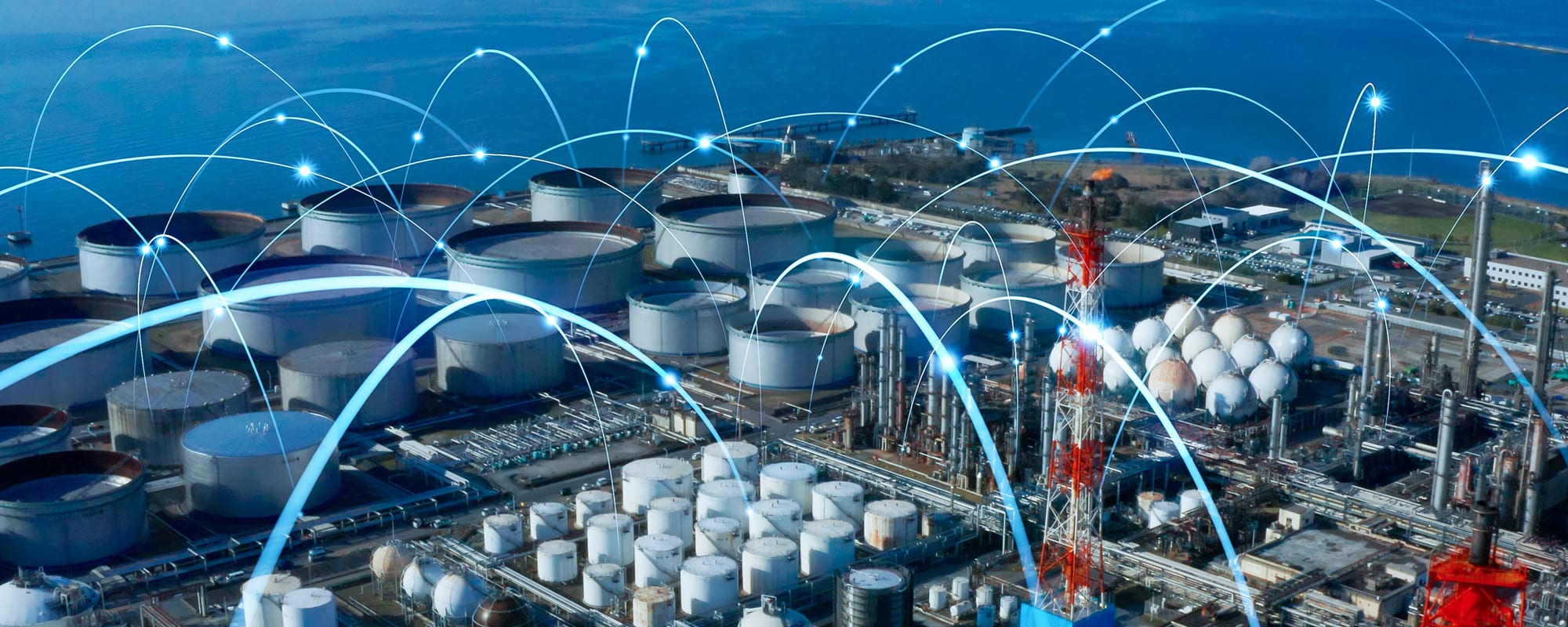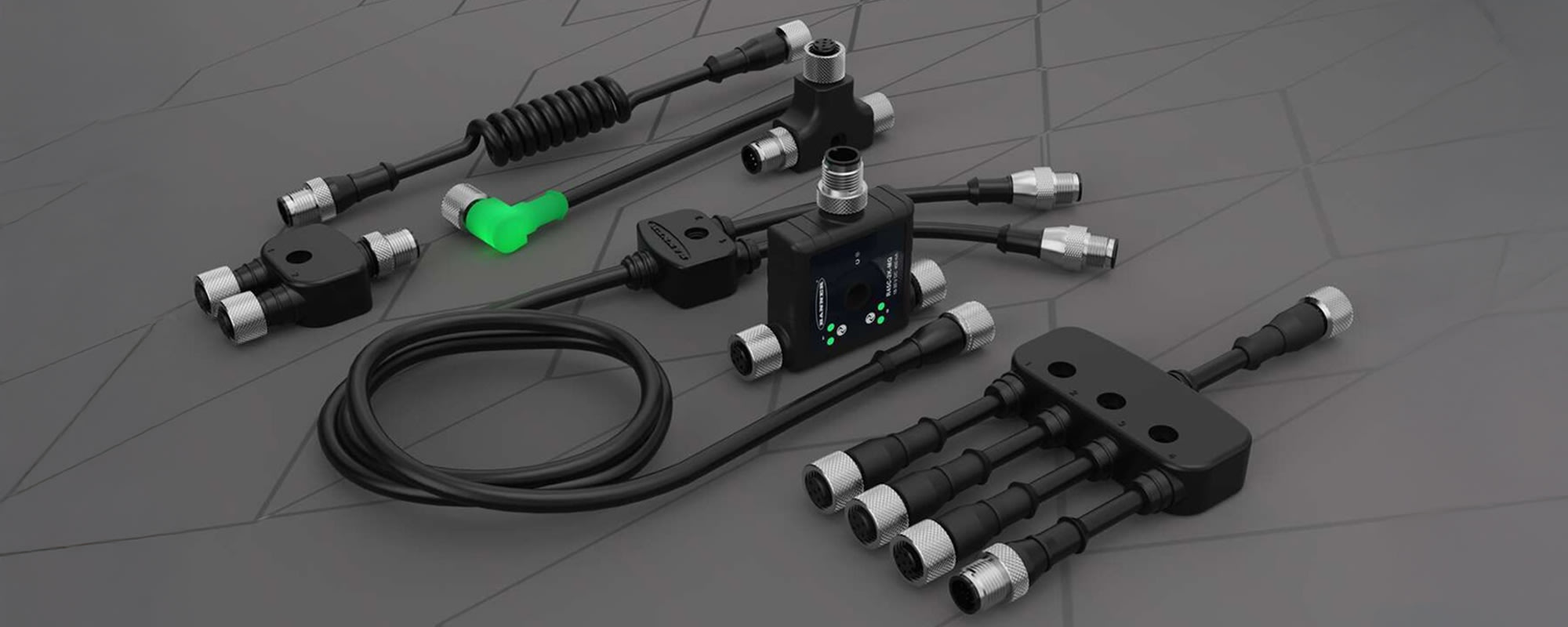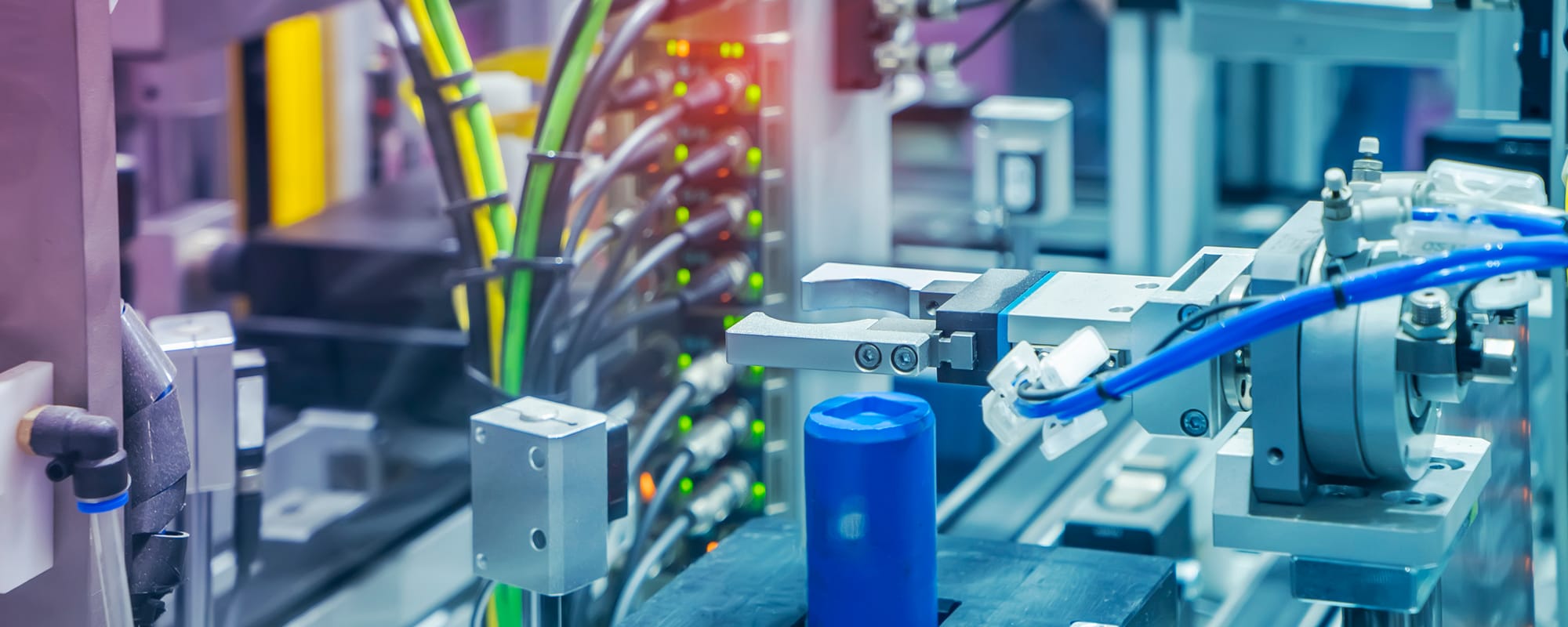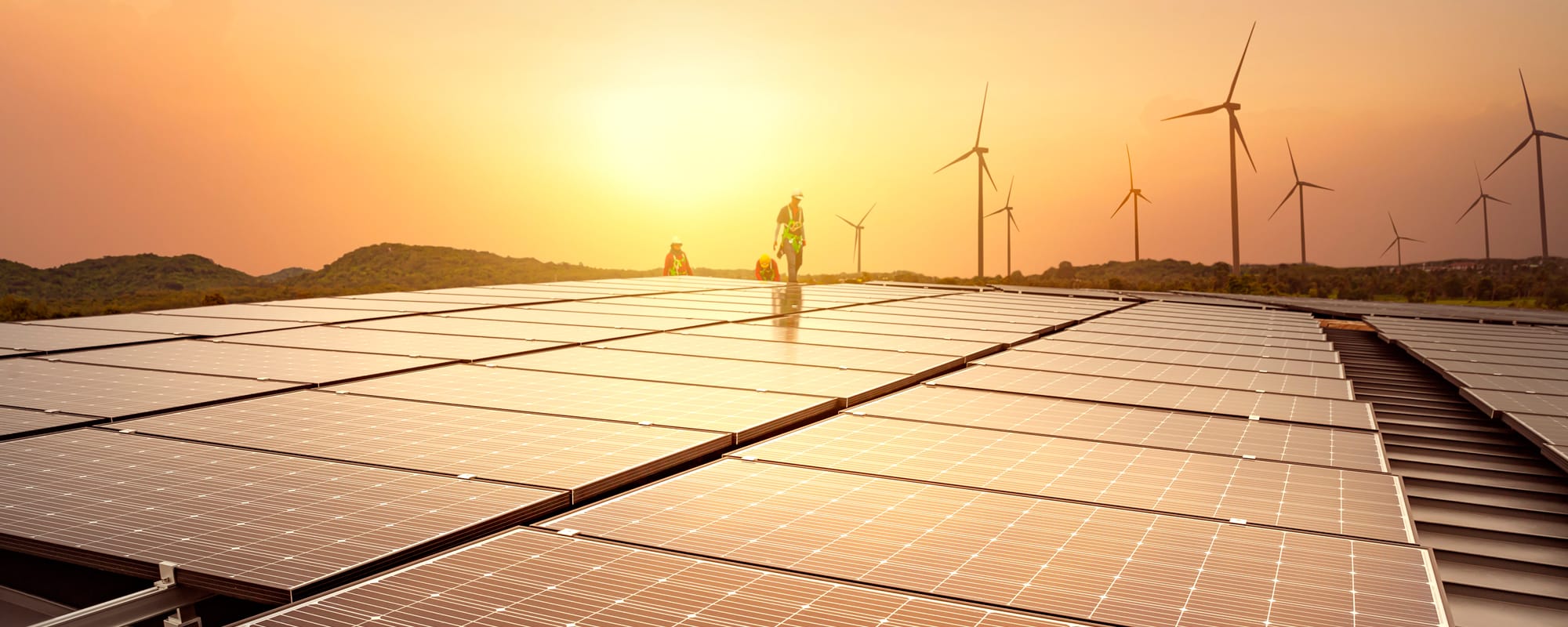The industrial market is experiencing a digital transformation catalyzed by Industry 4.0 trends and technologies, the benefits of which are helping organizations in every industrial sector overcome pervasive market challenges, including downtime, skilled labor shortages, and inefficiencies. Learn more about these challenges and solutions, how they’re impacting the rapidly evolving energy and utilities sector, and the products essential to making ambitious modernization goals with impending deadlines a reality in this three-part series.
Mark Russell, Technical Application Support Manager, RS
In this second installation of our three-part series, you’ll learn about the impact of Industry 4.0 trends and technologies on the energy and utilities sector and its ambitious modernization goals. Missed part one? Click here to learn about the Industry 4.0 trends and technologies helping industrial market sectors eliminate unplanned downtime, overcome skilled labor shortages, and improve energy efficiency.
Industry 4.0 Technologies and Market Growth
IIoT sensors are essential to collecting the real-time process and equipment data (e.g., power status, speed, orientation, motion, light, humidity, and temperature) essential for predicting equipment failures before they occur, enabling preventative maintenance strategies, avoiding costly downtimes, and adding even more value to automated processes. Industrial networking solutions, including industrial data communications products, like switches, gateways, routers, and protocol converters, and asset management solutions, like PLCs and edge and cloud computing technologies, play a vital role in facilitating the real-time transmission and analysis of IIoT sensor data and, as such, are essential to helping industrial organizations overcome efficiency, downtime, and staffing challenges. Network switches, for example, connect devices to each other and facilitate communication between them by exchanging data packets. Gateways, as well as some routers, convert data from one protocol format to another to facilitate communication between enterprise networks and the internet. PLCs continuously monitor the state of input devices, like sensors, and make decisions based on pre-programmed, application-specific criteria, and edge computing technologies enable complex data processing closer to the source to reduce latency, improve responsiveness, and improve decision-making.

As such, all these markets are experiencing considerable growth. The global IoT market surpassed $300.3 billion in 2021 and is projected to grow to a valuation of more than $650.5 billion by the end of 2026. The global industrial networking solutions market was valued at $29.2 billion in 2023 and is projected to grow to a valuation of $73.3 billion by the end of 2028. The global PLC market was valued at $10 billion in 2023 and is anticipated to be worth more than $25 billion in 2032, and the global edge computing market was valued at just $3 billion in 2020 but expected to grow to a value of $12 billion by 2028.
Spotlight on the Energy and Utilities Sector
While downtime, skilled labor shortages, and inefficiencies affect every sector in the industrial market, the intricacies of each sector — ranging from goals, investments, and consumer demands to environmental hazards and industry standards — influence the impact of these ubiquitous challenges as well as the Industry 4.0 trends and technologies best suited for overcoming them.
For example, the Industry 4.0 trend towards electrification is having a tremendous impact on the energy and utilities sector, as this sector will not only have to follow suit to stay relevant — as is demonstrated by increasing demand for and investments in renewable energy — but will also have to supply and transmit the power required to electrify a massive number of processes across other industrial sectors that previously relied on other energy sources — and all while contending with the same downtime, skilled labor shortage, and inefficiency challenges plaguing the entire industrial market. And because of this, the energy and utilities sector is already embracing the digitalization trend and heavily investing in Industry 4.0 technologies that can ready its aging infrastructure for the task ahead with the workforce available.
To keep pace with the current rate of transformation from gas to electrical power, the electrical grid will have to increase its capacity by 60% by 2030, which would be a major feat even if it were in tip-top shape — and it’s not. According to the U.S. Energy Information Administration (EIA), roughly 70% of transmission lines are at least 25 years old and approaching the end of their lifecycle, and 60% of the circuit breakers are more than 30 years old despite having a recommended lifecycle of 20 years. And when you combine this aging infrastructure challenge with the steady increase in unplanned downtime caused by natural disasters, which the Department of Energy (DOE) estimates cost American businesses an average of $150 billion annually, and physical attacks on the grid, which the DOE reported increased by 77% in 2022 — both of which have a tendency to cause cascading failures due to the age and interconnectedness of the infrastructure — that makes the task of increasing capacity 60% by 2030 monumental.
Efforts are already in motion, though. For instance, almost a quarter of the electricity consumed in the U.S. came from renewable energy sources in 2023, and the EIA projects that power demand in the U.S. will be increasingly met by renewables through 2050, thanks in large part to declining technology adoption costs and historic government investments in the industry. In fact, 2023 saw record-high capital expenditures of almost $171 billion aimed at modernizing and decarbonizing the grid thanks in part to the Inflation Reduction Act (IRA) of 2022, which encourages investments in clean energy products, and the Bipartisan Infrastructure Law (BIL) of 2021, which distributed $354 million in Grid Resilience Formula Grants to 23 states, the District of Columbia, and 12 tribal entities in 2023, and is projected to distribute another $2.3 billion in these grants by 2028.
To overcome the many challenges inherent in such drastic and fast-paced modernization, transformation, and expansion efforts, the energy and utilities sector is embracing Industry 4.0 trends, including digitalization, automation, remote condition monitoring, and predictive maintenance, and implementing Industry 4.0 technologies aimed at maximizing efficiencies, ensuring safety, and minimizing the effects of skilled labor shortages, ranging from industrial networking, IIoT, and asset management solutions to edge and cloud computing systems.
Dive Deeper
In the third and final installation of our three-part series, “Overcoming Industrial Market Challenges With Industry 4.0 – Part 3: Implementing Industry 4.0 Trends and Technologies in the Energy and Utilities Sector,” you’ll learn how to leverage Industry 4.0 trends and technologies in the energy and utilities sector to overcome pervasive challenges and achieve modernization goals.







